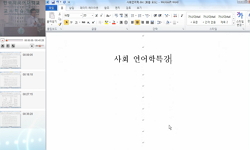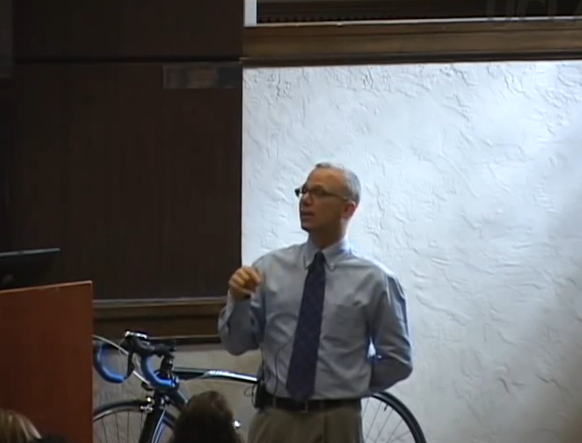이 연구의 목적은 2000년 이후 만들어진 ‘갈등 관계’를 나타내는 새말을 사회언어학적 관점에서 분석하는 것이다. 국립국어원에서 20년 동안 조사한 새말을 분석한 결과, 갈등 관계 새말은 ...
http://chineseinput.net/에서 pinyin(병음)방식으로 중국어를 변환할 수 있습니다.
변환된 중국어를 복사하여 사용하시면 됩니다.
- 中文 을 입력하시려면 zhongwen을 입력하시고 space를누르시면됩니다.
- 北京 을 입력하시려면 beijing을 입력하시고 space를 누르시면 됩니다.
부가정보
국문 초록 (Abstract)
이 연구의 목적은 2000년 이후 만들어진 ‘갈등 관계’를 나타내는 새말을 사회언어학적 관점에서 분석하는 것이다. 국립국어원에서 20년 동안 조사한 새말을 분석한 결과, 갈등 관계 새말은 513개로 나타났다. 그 가운데 성별 갈등 새말이 32.2%로 가장 높은 비율을 차지했다. 성별 갈등 새말은 2000년부터 약 10년 동안 조금씩 증가하다가 2008, 2009년에 최고 수준에 이르렀고, 이후 서서히 줄어들었다. 사회경제적 요인과 매체 환경의 변화 때문에 성별 갈등 새말이 점차 늘어났다. 2010년 이후 성차별 문제가 사회적으로 크게 부각되고, 관련 연구 및 여성 운동이 증가한 덕분에 성별 갈등 새말이 점차 줄어든 것으로 해석되었다. 성별 갈등 새말의 81.2%가 여성에게 불리하거나 여성을 차별, 비하, 배제하는 내용인데, 형태론적 요인의 작용으로 최근 들어서 갈등 관계 새말이 성별 균형을 이루게 되었다. 새말 형성에서 보이는 언어 현실과 달리 화자들의 언어 태도는 아직도 강한 성별 대립 상태에 있음을 분석했다. 언어 상황과 언어 태도 사이의 거리를 좁히기 위해서는 새말 형성에 놓여 있는 사회적 의미를 화자들에게 충분히 알리는 홍보와 교육이 필요함을 지적한다.
다국어 초록 (Multilingual Abstract)
The purpose of this study is to analyze neologisms being ‘conflict relationships’ created since 2000 from a sociolinguistic perspective. As a result of analyzing the neologisms surveyed by the National Institute of the Korean Language for 20 years...
The purpose of this study is to analyze neologisms being ‘conflict relationships’ created since 2000 from a sociolinguistic perspective. As a result of analyzing the neologisms surveyed by the National Institute of the Korean Language for 20 years, there were 513 words related to conflict. Among them, neologisms of gender conflict accounted for the highest proportion with 32.2%. It gradually increased for about 10 years since 2000, reached the highest level in 2008 and 2009, and then gradually decreased. Due to changes in socioeconomic factors and the media environment, neologisms of gender conflict gradually increased. Since 2010, we interpreted that neologisms of gender conflict have gradually decreased thanks to the large social emphasis on gender discrimination, and the increase in related research and women’s movements. 81.2% of gender-conflict neologisms are unfavorable to women or have content that discriminates, degrades, or excludes women, but recently, due to the action of morphological factors, neologisms related to gender conflict have achieved gender balance. Unlike the linguistic reality seen in the formation of words, the analysis showed that netizens’ linguistic attitudes are still in a state of strong gender conflict. We pointed out that to narrow the distance between the language situation and linguistic attitudes, publicity and education are necessary to sufficiently inform the speakers of the social meanings that lie in the formation of neologisms.
동일학술지(권/호) 다른 논문
-
한국어 학습자의 동격 관형절 사용 양상 연구: 중국인 고급 학습자의 구어와 문어의 대비를 중심으로
- 한국어학회
- 양청청
- 2024
- KCI등재
-
신어 연구의 현황과 쟁점에 대한 말뭉치언어학적 고찰: 단기통시적 연구를 중심으로
- 한국어학회
- 이수진
- 2024
- KCI등재
-
- 한국어학회
- 박혜진
- 2024
- KCI등재
-
- 한국어학회
- 김정순
- 2024
- KCI등재





 DBpia
DBpia






